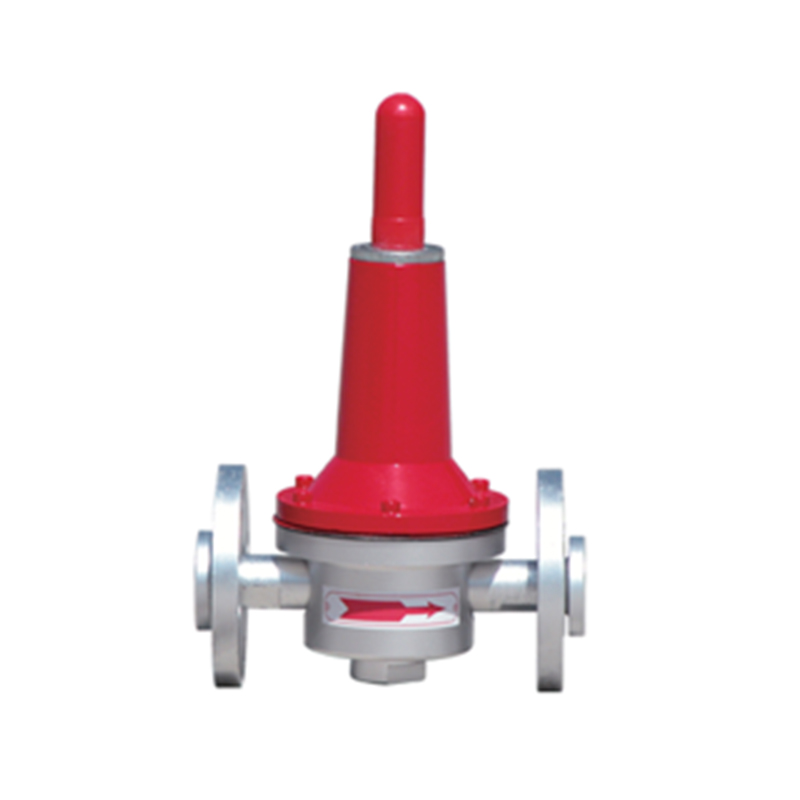
Oct . 20, 2024 18:44
Back to list
gas safety relief valve
Understanding Gas Safety Relief Valves A Vital Component in Industrial Safety
Gas safety relief valves are crucial devices designed to protect various industrial systems, particularly those that involve gas handling and storage. As industries continue to grow and evolve, ensuring the safety of operations has become a paramount concern. Understanding the function, types, and criticality of gas safety relief valves can help enhance safety protocols and minimize risks in operations.
What is a Gas Safety Relief Valve?
A gas safety relief valve is a pressure-relief device that automatically releases gases or vapors from a system when the pressure or temperature exceeds a predetermined limit. This mechanism prevents potential disasters, such as explosions or catastrophic failures, that could arise from excessive pressure buildups. These valves are used in various applications, including chemical plants, oil refineries, and any facility dealing with pressurized gases.
How Do Gas Safety Relief Valves Work?
Gas safety relief valves operate based on pressure changes within a system. When the internal pressure reaches the valve’s set point, the valve opens, allowing gas to escape until the pressure reduces to a safe level. After the pressure normalizes, the valve automatically closes, resealing the system. The reliability and responsiveness of these valves are essential for maintaining operational safety.
Types of Gas Safety Relief Valves
There are several types of gas safety relief valves, each catering to specific needs and applications
1. Spring-Loaded Relief Valves These are the most common types. They utilize a spring mechanism to hold the valve closed until the set pressure is reached. Once that pressure is exceeded, the spring compresses, allowing the valve to open and release excess gas.
2. Pilot-Operated Relief Valves These valves employ a small pilot valve that controls a larger valve. The pilot valve reacts to pressure changes and can provide more precise control and efficient performance, making it suitable for high-pressure applications.
3. Bursting Discs These are non-reclosing devices that rupture at a predetermined pressure. While they do not reseal like traditional valves, they provide a fail-safe method of pressure relief.
gas safety relief valve

4. Electronic Relief Valves Emerging technologies have led to the development of electronic or automated relief valves. These valves can be controlled and monitored remotely, allowing for real-time adjustments to pressure settings.
Importance of Gas Safety Relief Valves
The importance of gas safety relief valves cannot be overstated. They serve as the first line of defense against overpressure situations that can lead to dangerous incidents. By ensuring that these valves are correctly installed, regularly maintained, and tested, facilities can significantly reduce the risk of accidents.
Moreover, compliance with industry regulations is critical. Various safety standards govern the design, installation, and maintenance of gas safety relief valves. Non-compliance can lead to legal repercussions and jeopardize the safety of employees and the surrounding community. Therefore, it is essential that businesses invest in the proper training and resources to maintain these safety devices.
Maintenance and Inspection
Regular maintenance and inspection of gas safety relief valves are vital for ensuring their effective operation. Over time, factors such as corrosion, mechanical wear, and buildup of debris can impair a valve’s functionality. Routine checks should include
- Visual inspections for physical damages or leaks. - Functional tests to ensure the valve opens and closes as expected. - Calibration to verify that the valve is set to the correct pressure. - Replacement of seals and other components when necessary.
Implementing a preventative maintenance plan can help catch issues early and extend the lifespan of these critical components.
Conclusion
In summary, gas safety relief valves are indispensable in maintaining the safety and integrity of systems that handle pressurized gases. Their ability to prevent dangerous pressure builds is a fundamental aspect of industrial safety engineering. Companies must prioritize the proper selection, installation, and maintenance of these valves to protect both personnel and assets. As technology advances and industries grow, the role of gas safety relief valves will continue to evolve, but their importance in safety protocols will remain a constant. Investing in training and adhering to safety regulations ensures a secure working environment and prevents potential disasters that can have catastrophic repercussions.
Latest news
-
Safety Valve Spring-Loaded Design Overpressure ProtectionNewsJul.25,2025
-
Precision Voltage Regulator AC5 Accuracy Grade PerformanceNewsJul.25,2025
-
Natural Gas Pressure Regulating Skid Industrial Pipeline ApplicationsNewsJul.25,2025
-
Natural Gas Filter Stainless Steel Mesh Element DesignNewsJul.25,2025
-
Gas Pressure Regulator Valve Direct-Acting Spring-Loaded DesignNewsJul.25,2025
-
Decompression Equipment Multi-Stage Heat Exchange System DesignNewsJul.25,2025

